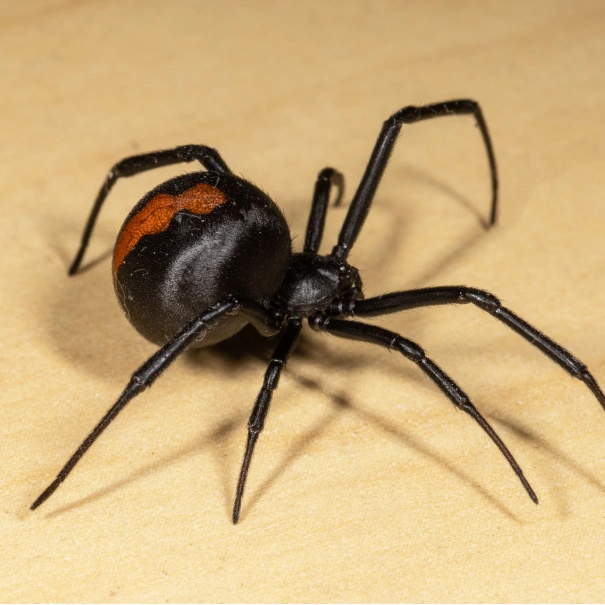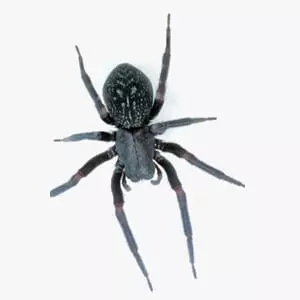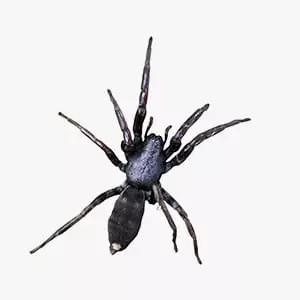Although many people are frightened of spiders, spider bites are relatively rare. However, since we have some pretty dangerous spiders in Australia, it certainly pays to know what to do if you get bitten!
Spider identification
If you are bitten or think you’ve been bitten, the first step is to try and identify the spider. If you can’t identity the spider and can’t catch it safely, taking a photo is a good option.
The three most common spiders you find around homes, that cause most of the bites are the redback spider, the white-tail spider and the black house spider.




When it comes to spider bite first aid, there is a first aid process for funnel web spiders and similar large black spiders (we’ll come to this later) and there is first aid for all the other spiders – the standard spider bite treatment.
Standard spider bite treatment
If you are bitten by a spider (excluding funnel web and similar spiders), follow these first aid steps:
- Wash the area with soap and water and apply an antiseptic if available.
- Apply ice or cool running water to relieve pain.
- Seek advice from the Poisons Information Centre 13 11 26 or your local doctor if pain continues. If severe pain occurs, the patient needs to be taken to the nearest hospital.
Certainly, if the patient is a young child and especially if the bite is from a redback, seeking medical attention is recommended. If there is any severe, immediate adverse response, call Triple Zero for an ambulance.
Funnel web spider bite treatment
Funnel web spiders are different. Not only is their toxin deadly, but it is a different type of toxic requiring different first aid.
Basically, the first aid for a funnel web spider is the same as for a snake bite.
- Apply a very firm wide elasticised bandage around the bite and then apply a second bandage over the whole limb. Ensure that the bandage is not too tight and cutting off the circulation.
- Use a splint to keep the whole limb still (that is, immobilise the affected limb) to slow the flow of venom around the body.
- Keep the person still.
- Call an ambulance (000) to take the person to the nearest hospital.
(Taken from NSW Poisons Information Centre).
The challenge is to correctly identify the culprit as a funnel web, as there are a number of other large black spiders (such as mouse spiders) which look like funnel webs to the untrained eye. Get a photograph of the spider in question if possible. If in doubt about the identification, assume the spider is a funnel-web and carry out the first aid as above.
A funnel web spider bite is very painful, as well as toxic – they can bite through a toenail! Symptoms develop rapidly and include severe pain, sweating, nausea, difficulty in breathing and tingling and twitching of the tongue and mouth. It is important to keep the patient still and calm whilst waiting for the ambulance.
The good news is that since the funnel web spider anti-venom was developed in 1981, there hasn’t been any deaths due to funnel web bite.
White-tailed spider bite myth
There is a common belief that white tail spider bites cause necrosis and ulceration. However, a scientific study of 130 confirmed white-tail spider bites showed no evidence of necrosis and indeed there are no toxins in their bite that could cause necrosis. Such cases of “flesh eating” spider bites are probably caused by bacteria which enter the skin from the spider’s jaws or from the patient scratching the bite. This could occur from any spider bite, not specifically a white-tail bite.
More information on our spider treatments.
If you have a spider problem at your home or business please give Rebel Pest Professionals a call.
